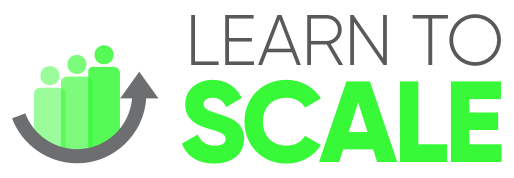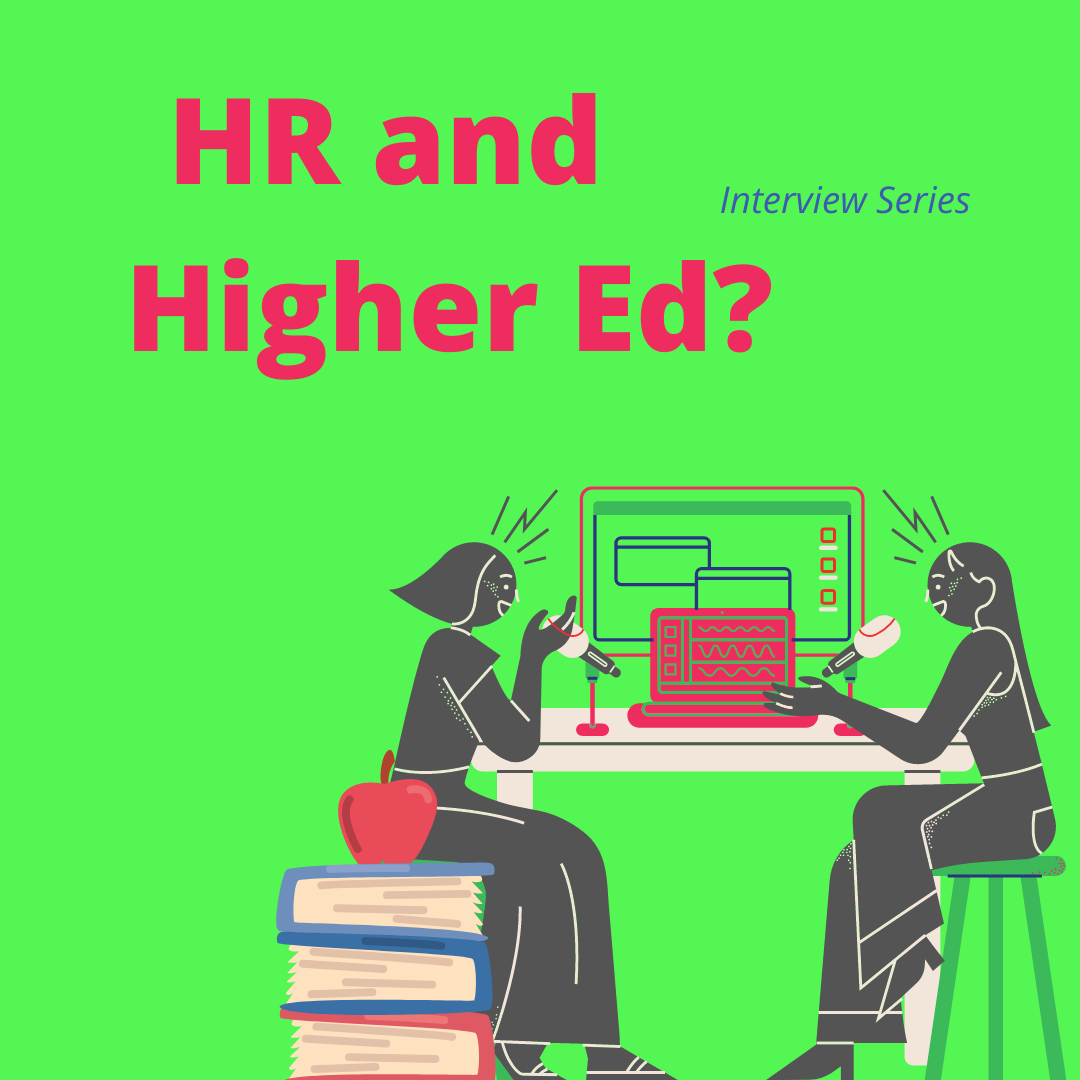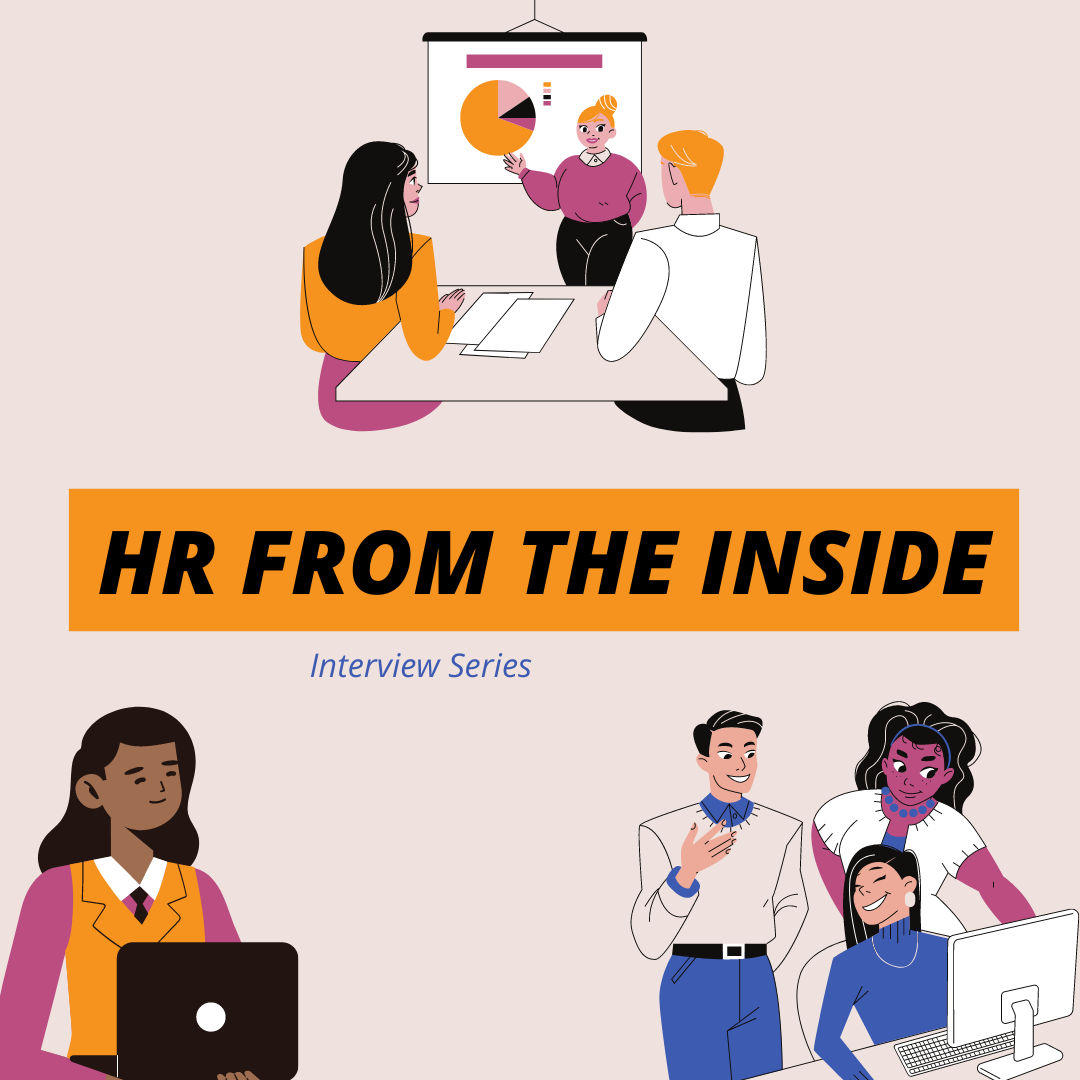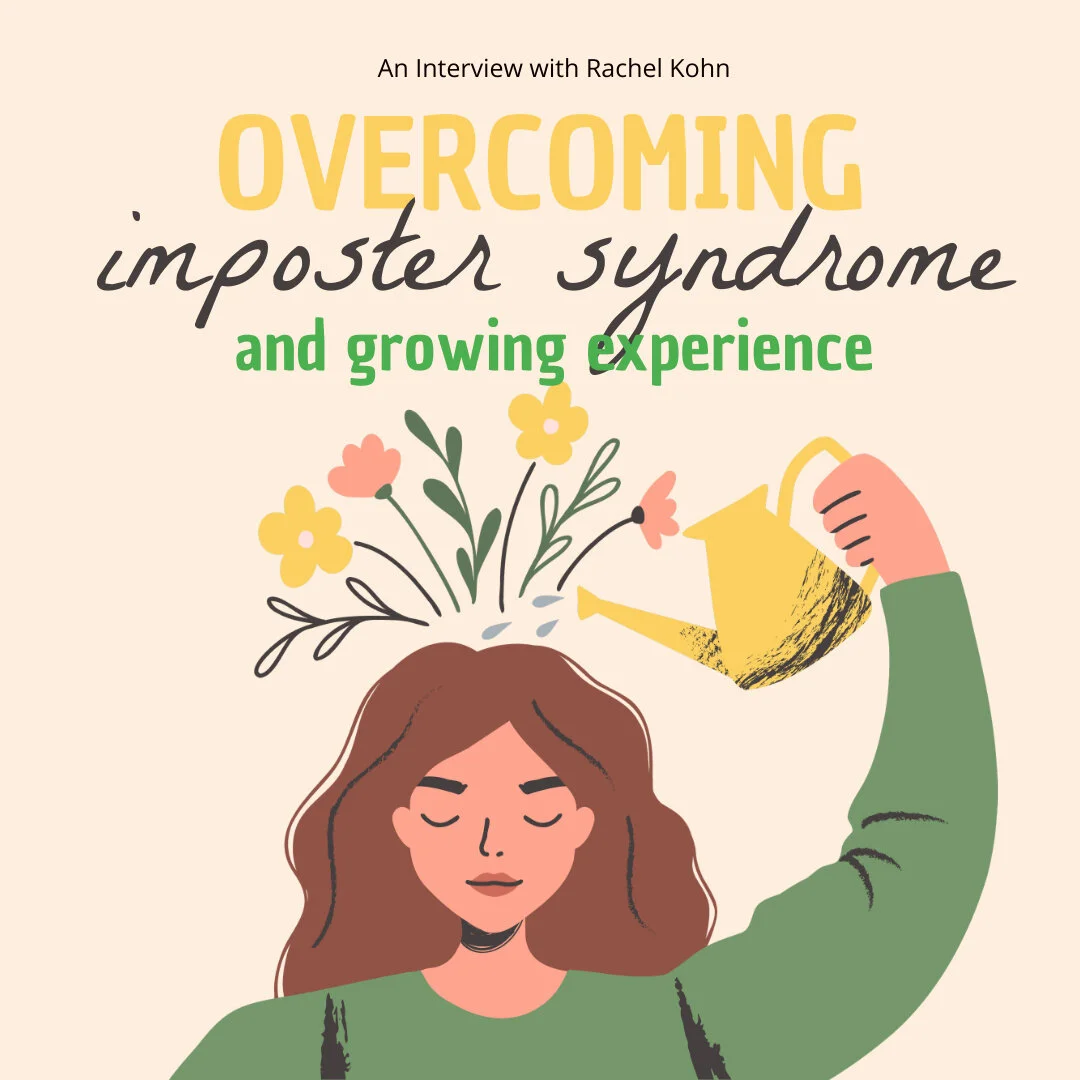You Can’t Pour from an Empty Cup: 3 Crucial Steps to Employ Self-Preservation in Your Work
How To Manage Your Big HR Energy: A One-on-One Interview with Libby Fiumara at Expel
Libby Fiumara often has to remind herself to create space for herself. She works at Expel (a cybersecurity company) as their Talent Program Manager. In her role, she helps employees grow their careers, navigate struggles, and celebrate their successes.
Libby has had her share of HR roles in her career thus far, including HR Generalist, to Talent and Organizational Development, on people teams for different startups. Currently, Libby finds joy in working as a champion for company culture, and looks forward to coaching and empowering employees, helping them find their “aha” moments, and brainstorming ideas with them.
Sounds like sunshine and rainbows, doesn’t it? Not exactly. Libby shared with me the challenges that come along with such a people-oriented role and she is learning each day to take care of herself as she takes care of others, something that all HR professionals need a little reminder of sometimes.
Here are the current practices that she follows in order to avoid burnout at work and maintain healthy boundaries, which may inspire you to begin treating yourself as you would any other employee:
1. Have a model/framework to follow when offering feedback to employees in order to avoid emotional exhaustion after each conversation.
A lot of Libby’s job requires offering feedback to employees or mitigating conflict between employees, which can often feel daunting. Luckily, Libby has a model up her sleeve to deliver the kindest, most effective form of feedback she can:
Give a heads up to your employee and let them know that you want to speak to them, kindly.
State the facts of the situation when talking to them; you want them to understand their actions in detail to ensure that you’re not missing any crucial information.
Explain the impact of their actions: How did this make someone at the company feel and what were the (possibly unintended) consequences of the situation?
Assume you’re missing a chunk from the story and allow the person to share their perspective and ask questions.
Recap the conversation and brainstorm next steps with the employee. This creates a sense of ownership for them to tackle the actions that come from the conversation, and, keeps things clear on who is responsible for what, by when.
And there you have it! A system to deal with heavy conversations and situations. When you’re in Employee Engagement, having a framework to guide these all-too-common conversations allows you to navigate new scenarios more easily.
In this framework, however, Libby emphasizes how important it is to give yourself permission to not have enough information. You are just one person and asking open ended questions allows you to get those answers while giving yourself some grace. You don’t have to solve things in one conversation either; it’s ok to ask to meet again.
2. Mindfulness is imperative. Understand your triggers for feeling overwhelmed, stressed, and needing resolutions in your work.
I have a favorite quote and I’m sticking it in right here: “You can’t pour from an empty cup.”
As HR/Employee Engagement/Talent Management professionals, much of the job is empowering others to be their best selves at work and to provide that motivation. But who gives that motivation to the Talent Management folks? In other words, who fills HR professionals’ cups?
Libby shared that this mindfulness can be difficult to attain, but makes all the difference in the world when she listens to herself and her needs. She says that it helps her be the best she can be at work, whether it means setting boundaries with colleagues and managers, or taking a step back one week and taking some time off to recharge and get outside.
These are the vital steps in ensuring your own self-preservation, especially when you’re helping to coach others on that. These boundaries do not make you a bad employee and they aren’t signs of laziness. In fact, it’s quite the opposite: if taking a step back one day of the week means that you will be present and energized the next week, then it should be a no-brainer to listen to your mind’s needs in order to fill your own cup.
Your boundaries and needs also can, and will look different than someone else’s. Try not to compare your own triggers with others’, and just respect your own for where they are. (It felt really good to hear from Libby that she is often hungry for quick resolutions when situations arise and has had to learn to slow down and take less immediate action at times, especially when all the information is not available, which I can totally relate to).
Employee Engagement and Talent Management professionals are “on” for a living, so being able to turn off is key to self-preservation and emotional sustainability at work.
3. Use informal settings at work to your advantage and leverage your relationships with colleagues!
Libby’s work is all about caring for her team, and she can show that care and respect not just during work hours. When she first started working in HR, she was worried about attending happy hours and other informal events because, well, “who wants to have a drink with HR?”, or so she told herself. She put pressure on herself to leave events early and to keep strong boundaries with coworkers so people wouldn’t feel uncomfortable being themselves with “HR” around. However, Libby said to me:
“I realized that I was just putting undue pressure on myself. I'm an equal part of an organization and deserve to build friendships and relationships with my co-workers too. I think a great thing is knowing that if employees cross certain lines at events, I see that as not just my responsibility, but anyone’s responsibility at the company. So I removed that pressure off myself outside of work, and that helped the way in which I showed up to work and the way people approach me. Because they realized that I’m a person too, not just a robot.”
Once Libby allowed herself to be seen as a person and not “just HR”, she not only gained friendships, but also found her stride in the work she does. Work became more enjoyable. This, in turn, gave her even more confidence in her role of talent enablement.
Working in HR is not easy. When your main objectives are to work with the people in your organization, the chances for swirling emotions, stories, and conflicts show up. Libby is cognizant of the complexities of her job, but she doesn’t let these challenges deter her from achieving strong outcomes, “I like to think about all of the things I don’t know. I use the unknown to motivate myself to learn, rather than limiting myself due to my age or years of experience. I have the ability to figure it out.”
It seems to me like she has already developed a pretty great foundation to help her with these unknowns and to make sure she does not burn out.
Thanks to Libby, I learned how to put myself first.
If you would like to connect with the wonderful and inspiring Libby Fiumara, you can find her on LinkedIn.









